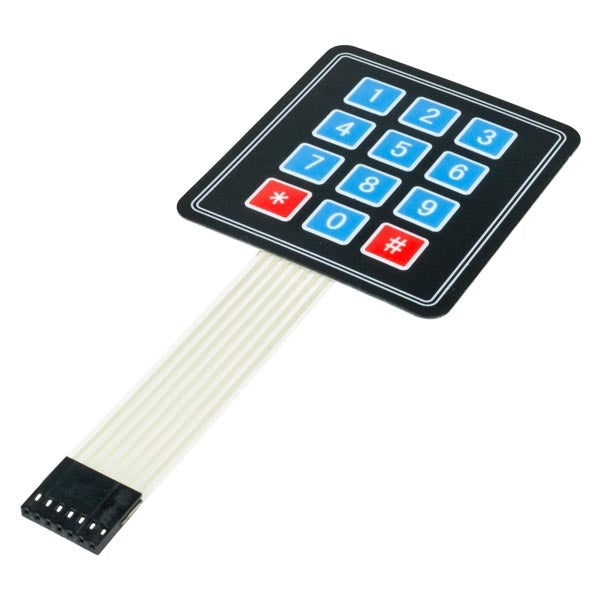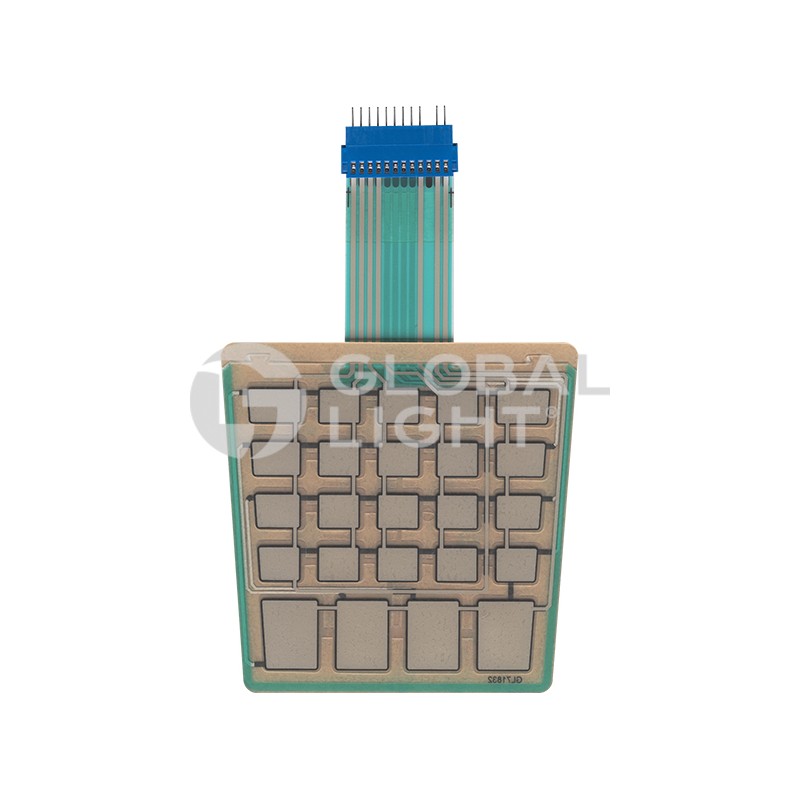Innovative Membrane Switch Solutions for Customized Control Panels
Innovative Membrane Switch Solutions for Customized Control Panels
Blog Article
Understanding Membrane Changes: The Secret to Dependable and long lasting Controls

What Are Membrane Layer Switches?
Membrane layer switches are an innovative service in the realm of interface technology, combining performance and style perfectly. These tools work as a user interface between individuals and electronic systems, integrating a number of parts into a portable format. Normally created from adaptable, thin layers of products, membrane layer switches are developed to react to touch, making it possible for individuals to connect with machinery and digital tools effectively.
The primary aspects of a membrane layer switch consist of a printed circuit layer, graphic overlay, and a spacer layer that stops unintended activation. The graphic overlay can be tailored to reflect brand identity or individual choices, enhancing visual appeals while making certain usability. Membrane buttons are typically made use of in numerous applications, consisting of medical devices, consumer electronic devices, and industrial tools, owing to their longevity and resistance to environmental elements such as wetness and dust.
Among the vital advantages of membrane buttons is their capacity to endure wear and tear, making them perfect for high-traffic environments. Furthermore, they are lightweight and call for marginal area, enabling ingenious styles in item growth. Generally, membrane switches stand for a reliable and practical choice for contemporary electronic user interfaces, marrying innovation with user-centric design principles.
Just How Membrane Layer Changes Job
The operation of membrane layer switches over joints on a basic yet reliable system that equates customer input right into electronic signals. When a user presses the switch, the top layer warps, enabling a conductive component in the circuit layer to make call with an equivalent conductive pad on the underside of the graphic overlay.
The style of membrane layer buttons can vary, however they often include domes or tactile components to supply responses to the customer, enhancing the overall experience - membrane switch. The products utilized in membrane layer buttons, such as polyester or polycarbonate, contribute to their longevity and resistance to ecological factors, including moisture and dirt. The published circuits are typically enveloped, which safeguards them from wear and tear over time.
Advantages of Membrane Buttons

Furthermore, membrane switches are Web Site known for their sturdiness. Built from durable products, they are resistant to dust, wetness, and physical wear, which significantly prolongs their life expectancy contrasted to typical mechanical buttons. This toughness makes them especially suitable for high-traffic settings and applications needing long life.
Another substantial advantage is the convenience of cleansing and maintenance. The smooth surface of membrane layer switches lessens dust build-up and is often resistant to spills, making them suitable for setups that call for frequent sanitization.
Additionally, membrane buttons supply a streamlined profile, bring about a thinner design that can be incorporated right into different devices without including bulk. This attribute not only boosts the visual appeal yet additionally contributes to a much more ergonomic product layout.
Applications of Membrane Layer Switches
User-friendly and versatile, membrane switches find applications throughout a vast array of industries, including medical devices, consumer electronic devices, and commercial devices. In the clinical area, these switches are integral to tools such as diagnostic equipment, individual surveillance systems, and infusion pumps, where reliability and convenience of cleansing are crucial. Their capability to hold up against extreme environments and maintain performance makes them optimal for such applications.

In consumer electronic devices, membrane layer switches are utilized in items like microwaves, washing makers, and remotes - membrane switch. Their sleek style permits user-friendly individual interfaces, enhancing the total user experience while offering durability and resistance to tear and use
Industrial devices also takes advantage of membrane switches, particularly in control panels for machinery and automation systems. my response These switches supply defense against dust and wetness, guaranteeing constant performance in challenging environments. Additionally, their adjustable features enable producers to tailor them to certain functional requirements, enhancing efficiency and performance.
Choosing the Right Membrane Switch
When picking a membrane button, it is necessary to consider numerous aspects that affect performance and viability for certain applications. The primary considerations include environmental conditions, tactile responses, toughness, and layout requirements.
First, evaluate the operating setting; switches subjected to wetness, chemicals, or severe temperatures call for particular products to make certain longevity and capability. Next, examine the need for tactile feedback. Depending upon user communication, some applications might take advantage of a tactile feedback to confirm activation, while others may like a non-tactile design for visual reasons.
Toughness is an additional vital variable; membrane layer switches need to be designed to hold up against constant use, effects, and abrasion. Make sure the picked button can withstand the anticipated lifecycle, particularly in high-usage scenarios.

Conclusion
In verdict, membrane changes offer as essential elements in the layout of durable and trustworthy control systems throughout numerous industries. The convenience of membrane layer changes allows for customized remedies that meet particular functional requirements, enhancing their value in modern technology.
Membrane switches stand for a critical facet of modern-day user interface design, blending capability with durability in numerous applications.Membrane buttons are an innovative option in the realm of customer interface innovation, combining performance and layout perfectly. Typically constructed from versatile, thin layers linked here of materials, membrane layer switches are designed to respond to touch, making it possible for users to interact with equipment and digital tools effectively.
The style of membrane layer switches can differ, however they often integrate domes or responsive components to provide feedback to the user, boosting the overall experience.In verdict, membrane layer changes serve as necessary components in the layout of durable and trustworthy control systems across various industries.
Report this page